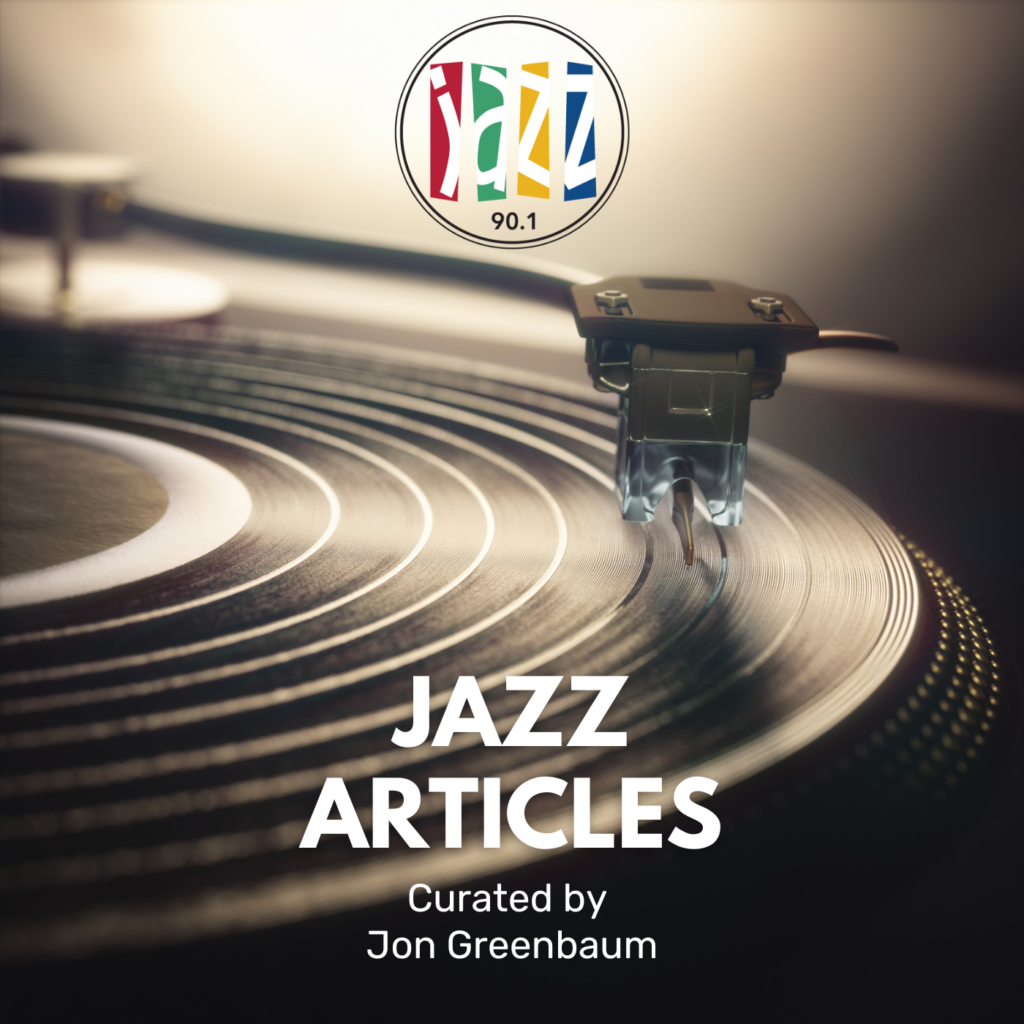JazzRochester Battles the Pink Robots —
Curated by North Star Sounds co-host Jon Greenbaum —
If you were a jazz-hating pink robot who dropped onto earth with a mission to destroy all jazz on the planet you would probably start eliminating all the economic supports that enable musicians to play and record jazz music.
Your first step might be making sure humans don’t know where the jazz is happening. This strategy is called Hide the Jazz. In order to do this you would need large national corporate chains to buy up and weaken the arts and leisure weeklies that have, for decades, provided reviews and listings of live music and previewed selected upcoming events. You’d have vulture hedge funds buy up newspapers and suck their blood, laying off the majority of staff and shrinking local coverage to a minimum.
Well, the pink robots have arrived.

The jazzwebosphere started buzzing in July when the NY Times announced they were changing course and reassigning senior critics. The Times theatre critic is now doing obituaries.
A slew of writers responded. In the New Yorker, Richard Brody wrote a compelling defense of the role of the critic in nurturing the musical ecosystem. Gabriel Kahane wrote a short piece in The Atlantic describing the importance of event listings in his musical journey. Former NY Times critic Nate Chinen mourned the changes at the Times in his substack blog. WXXI Connections spent an hour asking Who Needs Arts Critics in 2025?
We’ve seen the changes here in Rochester. When the Towlers handed over City Newspaper to WXXI, Frank DeBlase disappeared into the void. Nobody knows what happened to that switchblade on his desk. Ron Netsky hasn’t been heard from since the Biden administration. City’s cultural criticism has been put through the deflavorizing machine, delivering a bland product that fits well into the public broadcasting fundraising juggernaut.
The current event listings on the City website are confusing and mostly devoid of jazz happenings. And Gannet is worse. The Times Union is long gone and the Democrat and Chronicle is a zombie paper, employing a skeleton crew who mostly cut and paste wire stories. The Democrat and Chronicle is not a website that you would visit to look for local jazz.
But Rochester jazz fans are blessed because Greg Bell is on the case. Week after week he gathers gig information from musicians, venue owners, and bookers, patiently plowing ahead, reaching out to folks who aren’t always that responsive to his requests for gig updates. And when that doesn’t work he shows up in person, hands over a business card, and has a conversation. And he’s been doing this for two decades.
JazzRochester.com is updated continually, with new listing for live jazz in and around Rochester. There are about 1,700 followers on Facebook and over 1,000 on Instagram where Greg shares images of local shows. And while there are tens of thousands of JazzRochester followers on Twitter/X, (a platform that works as well as Tesla’s sensors detect children in the road), Bell is thinking about joining the millions of others that have left Twitter. Because email still works, over a thousand subscribers receive the weekly jazz listings as well as posts published to JazzRochester. The website also links to local artists’ pages, local venues, regional jazz pages, jazz blogs, jazz radio, podcasts and websites. Bell’s previews of Jazz Fest artists are informative and essential reading.
And JazzRochester covers the whole spectrum of jazz with the hope of creating a big tent and turning people on to new sounds.
Bell came to Rochester from Chicago, a city that loves jazz and blues. The Chicago Reader had a thick and vibrant concert listings section. JazzRochester started as a proof of concept project for Greg’s employer, but quickly took on a life of its own. He started on one of those early blog platforms (remember blogs?) and moved it to the Typepad platform which, like a spaceship sailing beyond the reach of the home planet, is slowly glitching its way out of existence. Meanwhile, Greg is down in the engine room, knee deep in bytes, moving the venture over to a new platform, to be completed in October.
You can sign up to receive JazzRochester via email or check out its other channels here.
Previous Articles:
Ethan Iverson
Black Artist Group (BAG)
International Anthem
MLK’s Essay on Jazz
Strata East Records
Melvin Gibbs
Soundtrack To a Coup D’Etat: Where Jazz & Espionage Collide
Chuck Mangione Was a Real Mensch: Lewis Porter On His Years at Eastman
Charlotte Zwerin and Ella Fitzgerald: Sweating in the Spotlight
Is Spotify Napalming The Music Ecosystem?
Overseas Record Companies Can Avoid Trump’s Tariffs


Recent Comments